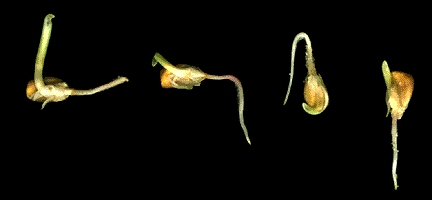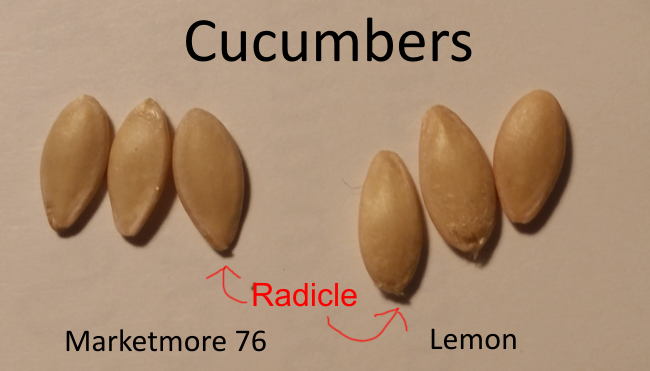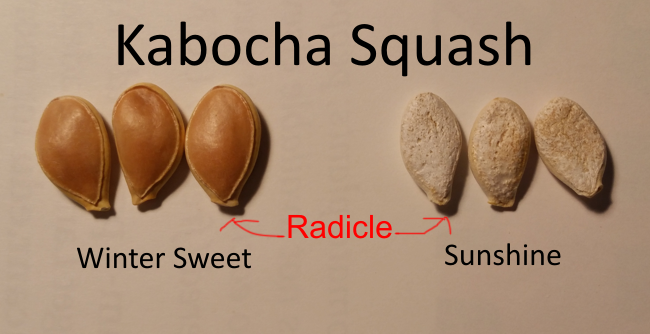
For many years, I have been sowing seeds in the ground, but in the last four years, I have been moving to indoor propagation of vegetables and flowers under controlled heat and lighting conditions. Typically, I sow seeds in an open or multi-cell planting tray using a soil mix of compost, peat moss, perlite, and vermiculite. I have also used Rockwool cubes with success, but I prefer a light soil mix.
I am always looking for new information that will help improve my propagating techniques. A few months ago, while googling seed propagation, I came across an article by Stephen Scott of Terroir Seeds, about seed orientation. Scott believes that pointing the seed in the right direction (meaning with the root in the down direction) when planting will improve germination rates and vigor of the plant.

Before painstakingly planting my seeds with the radicle pointing down, I decided to research this theory a little more. One of the first web “hits” to come up was a repeat of the same article posted on the Monterey Bay Master Gardener Blog. I also found a similar article written by Master Gardener and Environmental Scientist, Diana K. Williams at SFGate. However, I wasn't able to find any UC Davis studies on the subject. Interestingly enough, the few university-based studies I did locate either did not support this idea, or directly contradicted it, such as studies with cucurbits (squash, pumpkins, watermelons, and cucumbers) that showed higher germination and vigor rates when the radicle is planted in the upward direction. While this is not a widely studied subject, most folks who have studied the subject make it clear seed orientation does not affect germination or vigor.
Although a little let down that the seed orientation theory came to naught, I nonetheless enjoyed my on-line sleuthing, and for now at least, I'll continue to plant my seeds without worrying about orientation.
